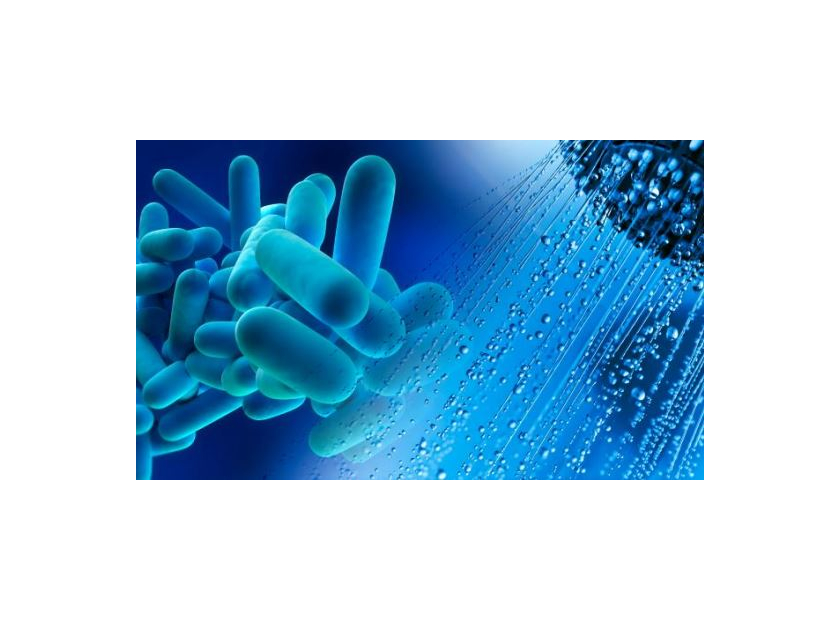How is Legionnaire’s Disease related to Covid?
The COVID-19 pandemic is unlike any public health emergency we have seen in many decades. Nations have shut down borders, businesses, and life as people knew it. Aside from the obvious economic side effects of shutting down businesses, offices, schools, and other buildings, another potentially deadly disease may be on the rise as a consequence of the COVID-19 lockdowns and a sudden reopening of previously closed areas.
There have been reports of rising cases of Legionnaires’ disease and the CDC has even recently closed several buildings in Atlanta that it leases due to the detection of Legionella bacteria in their water systems. (1) The bacteria likely proliferated during the prolonged shutdown. Buildings closed for months end up becoming breeding grounds for Legionella spp. which commonly live in warm environments and feed on pipework sludge and sediment.
Legionella bacteria are common in water but usually are only a problem when the water is aerosolized and people breathe it in. Showers, taps, cooling towers, air-conditioning systems, spa pools, hot tubs, and water fountains are common sources. Hardy Diagnostics Buffered Charcoal Yeast Extract (BCYE) Agar formulations are recommended for use in the cultivation and primary isolation of Legionella spp. in water and other samples suspected of harboring the bacteria.
A notable recent outbreak occurred at the Sheraton Hotel in Atlanta in July of 2019. Legionella was traced back to the hotel’s cooling tower but the bacteria was also found in a decorative fountain in the atrium. (2)
Although the disease does not spread from person to person, large community outbreaks are common and likely to happen when abandoned buildings begin to reopen without proper remediation steps taken. In addition, plans to reopen states during the summer aggravates the problem since Legionella pneumophila is more likely to grow in warm temperatures.
Legionnaire’s disease shares similar symptoms with COVID19 including fever, dry cough, shortness of breath, and muscle pain. The disease later progresses to pneumonia. If patients with these symptoms test negative for SARS-CoV-2, it is important to consider L. pneumophila as a causative agent and determine the source of contamination in order to prevent larger community outbreaks.
Offered by Hardy Diagnostics, ImmuView® P&L is the only urinary Antigen Test capable of identifying both S. pneumoniae and Legionella pneumophila at the same time – with just one test.

People most at risk for contracting Legionnaire’s disease include the elderly, smokers, people with suppressed immune systems, and those with diabetes. (3)
Since Legionella prefer water between 80°F and 120°F, one way to combat Legionella growth would be to ensure water present in any building’s water systems are outside of that range. Additionally, the bacteria are killed by chlorination and other disinfectants. (1) Another way to prevent the growth of Legionella is to flush water that has been sitting in the plumbing system since Legionella proliferate in stagnant water.
As we see states begin to reopen across the country, we need to urge that public and private officials require comprehensive assessment of water systems in offices, schools, factories, and other buildings and that adequate cleaning procedures are performed.
The coronavirus pandemic has already taken a great toll on our communities and reducing the risk of Legionnaires’ disease outbreaks is important now, more than ever.
Works cited:







